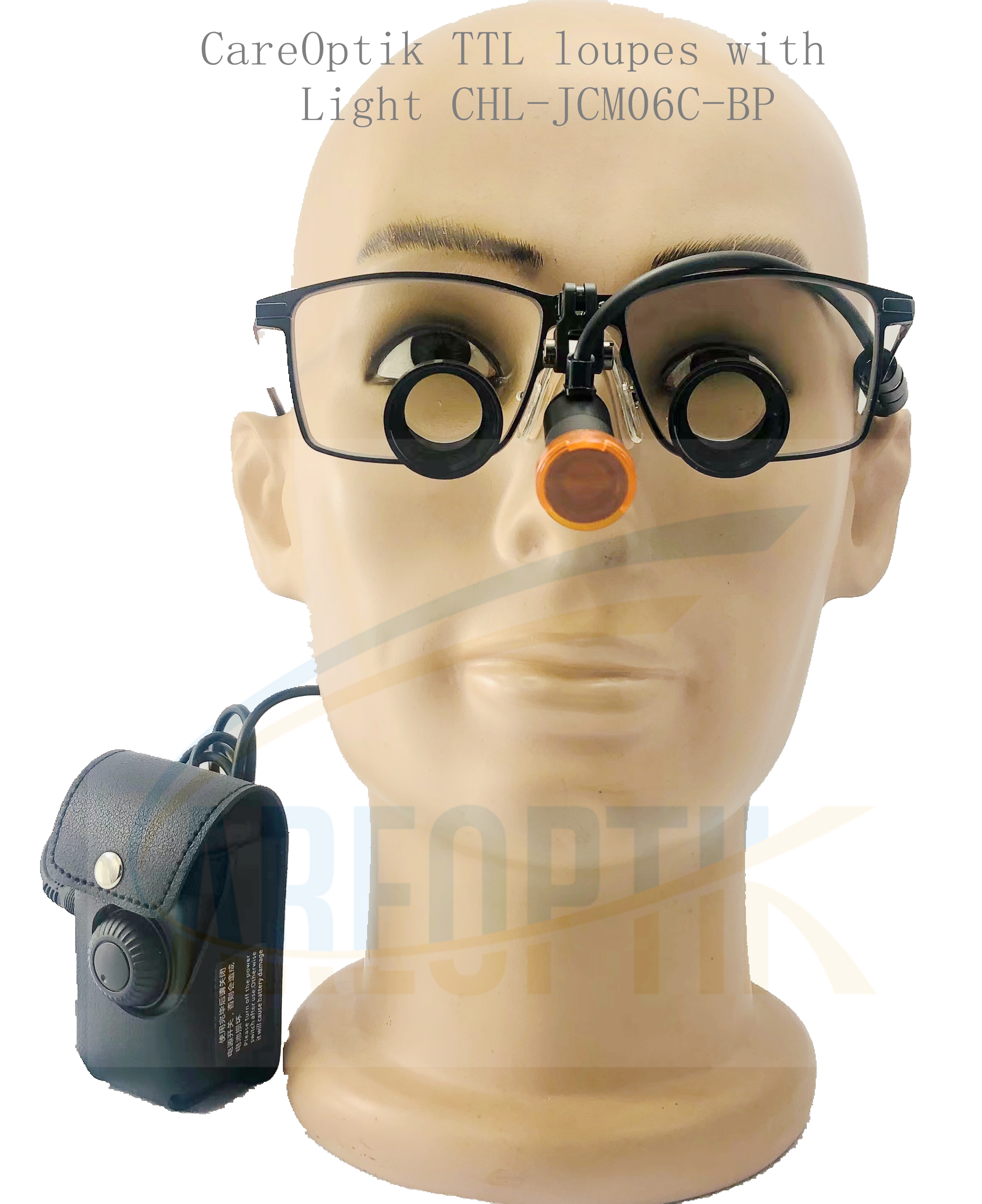As dental professionals, we understand that having the right equipment is vital when carrying out procedures. However, aside from the equipment needed, optimal lighting is crucial in delivering safe and effective dental care. Proper lighting is not only necessary for the dentist's visual acuity but also for the patient's comfort. Unfortunately, many dentists disregard the importance of quality lighting while performing procedures, which can result in headaches, eye fatigue, and other health problems. In this blog post, we discuss the technical aspects of optimal lighting for dental procedures and how it can affect the overall patient experience.
1.Understanding Color Rendering Index (CRI) in Dental Lighting
Color rendering index or CRI is a measure of how well a light source accurately reflects the colors of an object. This index is essential in dental lighting as it can affect the accuracy of color matching when selecting prosthetics, composites, or other restorative materials. In dental procedures, a high CRI value (typically above 90) is optimal as it gives a natural rendering of colors, which leads to better recognition of soft tissue, cavities, and enamel defects. The use of dental surgical lamps with high CRI values results in more accurate diagnoses and improved patient outcomes.
2. The Role of Lighting in Accurate Color Matching
Color matching is a critical aspect of restorative dentistry. It involves selecting a shade that matches the teeth' color and texture to restore them back to their natural appearance. A color-matching error can result in an unaesthetic restoration, thus leading to patient dissatisfaction. Quality lighting is crucial when performing color-matching procedures since ambient light can significantly affect the shade selected. A controlled lighting environment with adjustable color temperature and intensity is necessary to obtain a consistent and accurate representation of the patient's teeth.
3. Avoiding Eye Fatigue and Headaches in Dental Practices
Dental professionals are at risk of developing eye fatigue and headaches due to prolonged exposure to bright and focused dental light. This discomfort not only affects their visual performance but also their well-being. Additionally, patients may also experience negative consequences such as difficulty opening their eyes and excessive blinking, leading to a longer procedural time. The use of dental surgical lamps with adjustable intensity and focus controls that can reduce glare and shadows is necessary to improve the lighting environment and minimize the risk of adverse effects.
4. Lighting for Decontamination Rooms
Decontamination rooms are crucial in maintaining infection control in dental practices. They are responsible for disinfecting and sterilizing reusable tools and equipment. Lighting in these rooms plays a significant role in facilitating the cleaning and disinfecting process. A bright and uniform light source that can illuminate every corner of the room is necessary to ensure that no surface or instrument goes unnoticed during cleaning. Dental surgical lamps with high intensity and adjustable illumination settings can provide optimal lighting for decontamination rooms, thus enabling thorough cleaning and disinfecting of all reusable instruments.
5. Advances in Surgical Auxiliary Lighting
In recent years, there has been a significant advancement in surgical auxiliary lighting. This lighting has been made to improve dental professionals' ability to perform procedures by providing illumination from various angles to enhance visibility. These lights have been incorporated with features such as on/off switches and brightness control, making them more convenient to use. Dentists can now use surgical auxiliary lighting with higher intensity, longer life span, and minimal heat emission, making them energy-efficient and cost-effective.
Optimal lighting is an indispensable aspect of dental procedures. It plays a significant role in maintaining a comfortable and safe environment for both the dental professional and the patient. Understanding and utilizing the technicalities of dental lighting can lead to more accurate diagnoses, less procedural time, and ultimately, better patient outcomes. The use of dental surgical lamps with high CRI values and adjustable illumination settings can provide an optimal lighting environment for dental procedures, thus facilitating accurate color matching, reducing eye fatigue and headaches, and enabling thorough cleaning and disinfecting of all reusable instruments. Advancements in surgical auxiliary lighting have also made it possible to improve dental professionals' visibility during procedures, making them more efficient and cost-effective. As dental professionals, providing optimal lighting is necessary to ensure the overall success of dental procedures.
